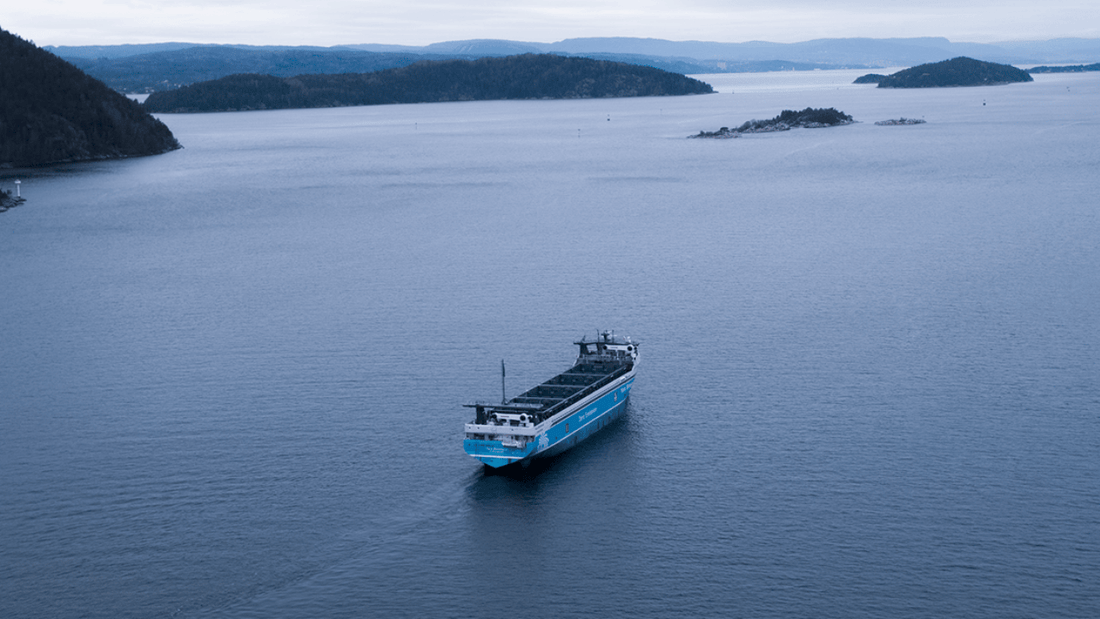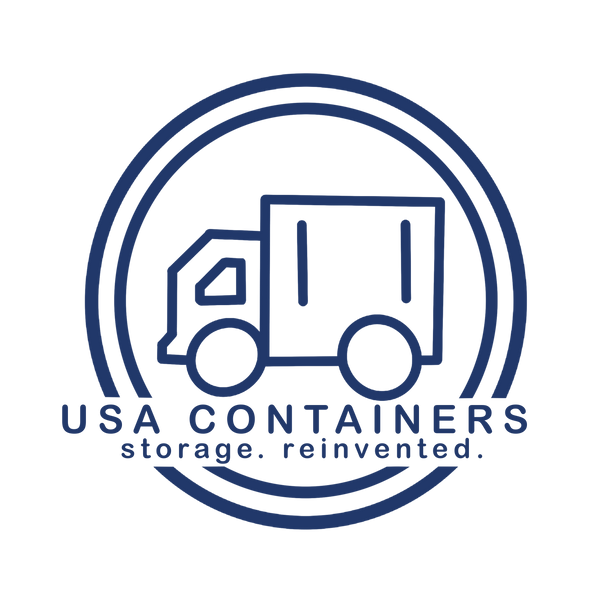
AI-Powered Cargo Ships: The Future of Shipping Containers at Sea
Share
As technology advances, the way shipping containers are moved across the globe is changing dramatically. AI-powered cargo ships are transforming the shipping industry, making ocean freight faster, safer, and more efficient than ever before.
What Are AI-Powered Cargo Ships?
AI-powered cargo ships use artificial intelligence to automate and optimize a wide range of functions, from navigation and route planning to engine performance and fuel efficiency. These ships are equipped with advanced sensors, cameras, satellite systems, and powerful onboard computers that constantly analyze data in real-time. Some are fully autonomous, meaning they can operate without a human crew onboard, while others use AI to assist human captains and engineers.
The use of AI in shipping isn't just a futuristic concept—it’s already happening. Companies like Rolls-Royce, Kongsberg, and Wärtsilä are developing AI-based maritime technology, and major shipping lines are beginning to adopt these innovations.
Revolutionizing Container Transport
Every year, more than 200 million shipping containers are transported across the ocean. AI-powered ships are changing the way these containers are handled at sea in several key ways:
1. Smarter Route Planning
AI systems can analyze weather conditions, ocean currents, port traffic, and fuel consumption to chart the most efficient and safest routes. This reduces travel time and fuel use, which saves money and cuts down on greenhouse gas emissions.
2. Improved Cargo Management
AI can optimize how containers are loaded and unloaded, ensuring better weight distribution and maximizing available space. Smart stowage plans help prevent damage to goods and reduce the risk of containers falling overboard in rough seas.
3. Predictive Maintenance
Sensors and AI analytics help detect signs of wear and tear on ship engines, cranes, and other equipment. This allows for maintenance to be scheduled before a breakdown occurs, avoiding costly delays and minimizing downtime.
4. Real-Time Tracking and Visibility
AI-enabled systems offer end-to-end visibility of shipping containers, allowing shippers and customers to track their goods in real time. This transparency improves supply chain efficiency and customer satisfaction.
Benefits of AI in the Shipping Industry
AI-powered cargo ships offer a wide range of benefits for shipping companies, port operators, and the environment:
Fuel Efficiency:
By optimizing speed and route, AI can significantly cut fuel consumption, reducing both costs and environmental impact. Some studies suggest fuel savings of up to 20%.
Enhanced Safety:
AI can monitor a ship’s surroundings more effectively than human eyes alone, identifying nearby vessels, floating debris, or dangerous weather conditions. This lowers the risk of collisions and accidents.
Lower Operating Costs:
With reduced fuel usage, fewer onboard crew members, and less maintenance downtime, AI-powered vessels can be more cost-effective to operate than traditional cargo ships.
Reduced Emissions:
Lower fuel consumption translates to fewer carbon emissions. As the maritime industry faces increasing pressure to meet international environmental regulations, AI provides a clear path toward greener shipping.
Crew Assistance and Automation:
Even when not fully autonomous, AI systems can assist human crews by handling repetitive tasks and making recommendations, allowing the crew to focus on strategic decisions and emergency responses.
Challenges to Adoption
Despite the obvious benefits, there are still challenges that come with AI-powered cargo ships. Regulatory hurdles, cybersecurity risks, and the need for international cooperation are all factors that need to be addressed.
1. Regulatory Landscape
International maritime laws were written with traditional manned ships in mind. Updating these regulations to accommodate autonomous or semi-autonomous vessels will take time and global cooperation.
2. Cybersecurity Concerns
With more digital systems on board, ships become potential targets for cyberattacks. Strong cybersecurity protocols are essential to protect against hacking and data breaches.
3. High Initial Costs
Building or retrofitting a ship with AI technology isn’t cheap. While the long-term savings are substantial, the upfront investment can be a barrier for smaller operators.
4. Training and Transition
The maritime workforce will need to adapt to new technologies. This includes training seafarers and port personnel to work with AI systems and manage hybrid fleets.
The Future of AI-Powered Shipping
As technology continues to evolve, AI-powered cargo ships are likely to become a staple of the global shipping industry. In fact, the world’s first fully autonomous cargo ship, the Yara Birkeland, made headlines by successfully completing its maiden voyage without a crew onboard.
Ports around the world are becoming smarter, with AI-powered cranes, automated container handling, and improved logistics systems. Together with AI-driven ships, these advancements are streamlining the entire supply chain—from manufacturer to marketplace.
Fill out the form below for a free shipping container quote from USA Containers:
